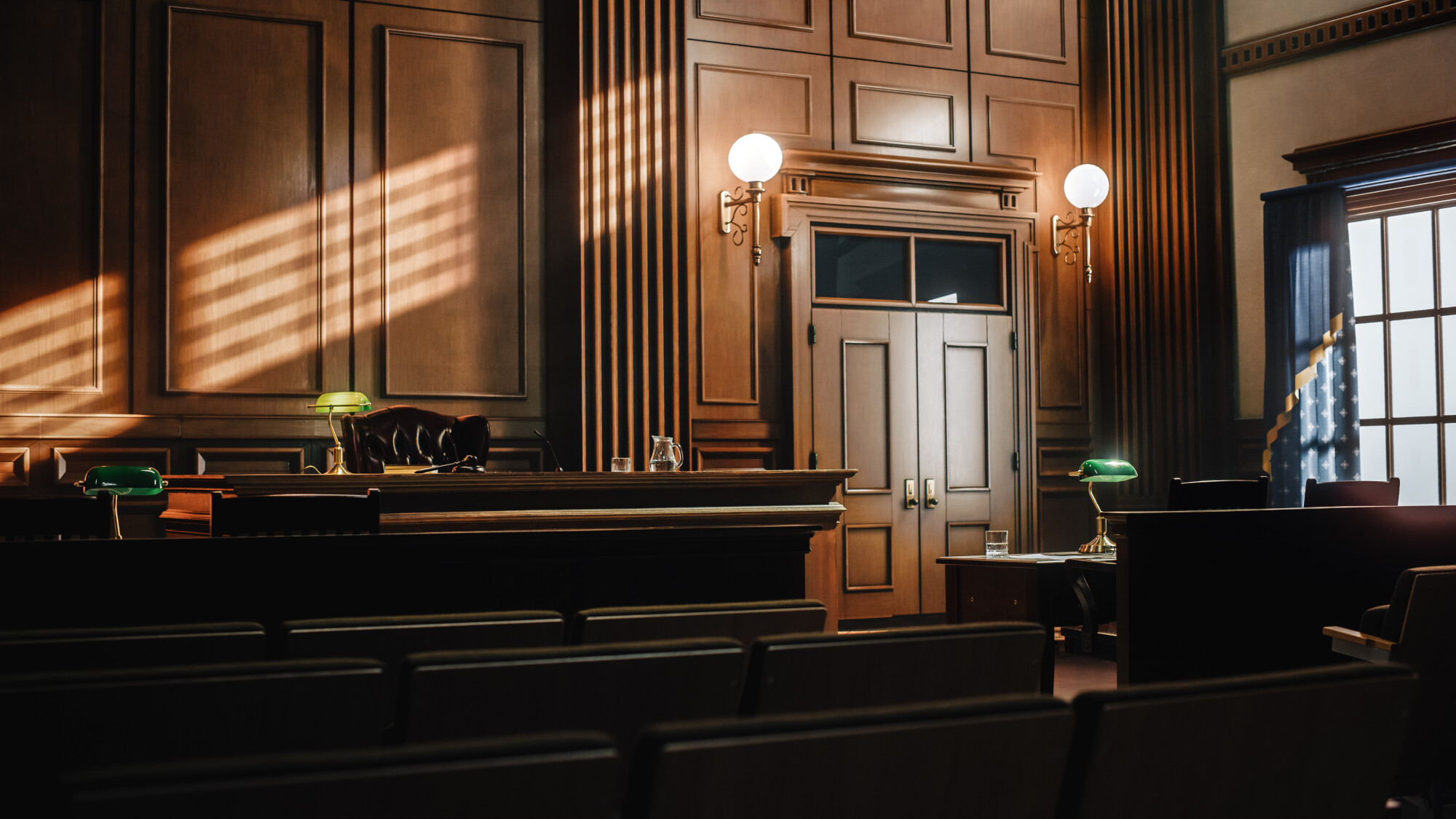
Operating a business through a legal entity such as a corporation or limited liability company ("LLC") generally shields the company's owners from the business' liabilities by way of a "corporate veil". Liabilities could include creditors or individuals with a cause of action (e.g., personal injury/wrongful death lawsuits). However, this protection can be lost if the company's owners fail to observe proper corporate formalities. In such cases, courts will allow the corporate veil to be pierced, exposing the company's owners to personal liability.
How Does Veil Piercing Take Place?
Veil piercing occurs when a court disregards the separate legal status of the entity and holds its owners personally liable for the entity's liabilities. First, a plaintiff must request that the corporate veil to be pierced. Piercing the veil is not an independent cause of action but an equitable remedy provided by courts to impose liability where there is an "abuse of the corporate form" or misuse of the corporate structure.
What Theories Do the Courts Consider When Claims to Pierce the Corporate Veil are Brought?
- The Alter Ego Theory
This is usually referred to as the "vertical" form of veil piercing. Under this theory, the individual owner or shareholder of a company is held personally liable for the acts of the company if the actions of the company cannot be distinguished from the actions of the individual, rendering the company (i) purely an extension of the owner or shareholder and (ii) used to perpetuate fraud.
In other words, the corporation is so closely aligned with an individual that the company essentially becomes an extension of that person. This is the most common way for corporate veils to be pierced. It is typically seen when the company is used to perpetuate fraud or when personal and business activities are indistinguishably mixed.
- The Enterprise Theory of Liability
This is also referred to as the "single entity", "horizontal", or "affiliate theory" of liability. This theory holds that companies with common ownership and those engaged in one commercial endeavor may be held liable for each other's debts or judgments. These companies are deemed to be affiliates or sister companies.
Therefore, if, for example, Company A owes a debt or a judgment is issued against it and Company A lacks the assets to satisfy the debt or judgment, the court may pierce the corporate veil and attach the assets of Company B (a sister or affiliate company) to satisfy the debt or judgment against Company A. This theory addresses situations where companies are interrelated and share resources or operations.
What Other Common Factors Assist the Court in Determining When to Pierce the Corporate Veil?
Other common factors courts may consider include: (i) co-mingling of funds (i.e., using the company bank account for personal expenses or using the personal bank account for company expenses); (ii) undercapitalization of the company (i.e., the company has inadequate funds in its bank account to cover its liabilities); (iii) lack of business records; (iv) overlap of roles where the same person acts as owner, director, or officer of the company; and (v) more than one related company operates out of the same office.
What are Some Best Practices to Avoid Personal Liability Under the Piercing the Veil Theories Highlighted Above? 
- Maintain and operate a separate bank account for each company and for the individual owners in their personal capacities.
- Ensure the company is adequately capitalized by making a reasonable initial investment and maintaining sufficient funds in the company's bank account.
- Separate your personal assets from those of the company's.
- Avoid diverting or misusing the company's assets for personal use i.e., do not buy a company car and treat it as your own.
- Keep and maintain all records for the company's business in accordance with applicable law.
- Enter into agreements in the company's name, not your own, and sign relevant agreements with your company role/title (e.g., President, Sole Shareholder, Manager).
- Ensure communications from the company are sent using materials that clearly name the company (i.e., do not send communications on behalf of Company A from your Company B email).
- Ensure all companies with common ownership are engaged in different commercial endeavors and, if they do business together, that there are contracts between the companies.
- Ensure all companies with common ownership do not operate from the same address, and that they have different employees to prevent overlap.
- Note: A personal guarantee of your company's debts removes the need for a veil-piercing claim by a creditor. For example, if you personally guarantee a lease, you will not be able to avoid personal liability via the corporate shield.
- Attorney
A former business owner, Ada is passionate about helping businesses get started and succeed. They work to be a strategic business partner with their clients, becoming deeply knowledgeable about a client's business and providing ...
- Attorney
With a strong track record of winning cases on summary judgment, clients know Jessica as a creative and aggressive advocate and smart, thorough legal advisor. From the earliest stages of an engagement, she focuses on enabling her ...
About this Blog
Stay current on legal news and issues, and learn more about Summit Law Group's practice groups.
Topics
Archives
Authors
Recent Posts
- Inaugural Report Update: What to know about Washington's Artificial Intelligence Task Force
- Corporate Transparency Act (“CTA”) Update: Companies are NOT Required to File BOI Reports
- What Makes for Helpful and Persuasive Appellate Briefs?
- Washington Judges Recognize Legislative Privilege Against Disclosure of Records
- Transferring a Rental Property into an LLC: The Pros and Cons
- How to Avoid Personal Liability Under a Piercing the Corporate Veil Theory
- What to Know About Washington’s Artificial Intelligence Task Force
- GenAI Formal Opinion – What In-House Counsel Needs to Know
- Washington Streamlines Lease Execution Process
- Another Successful Labor Relations Institute!


